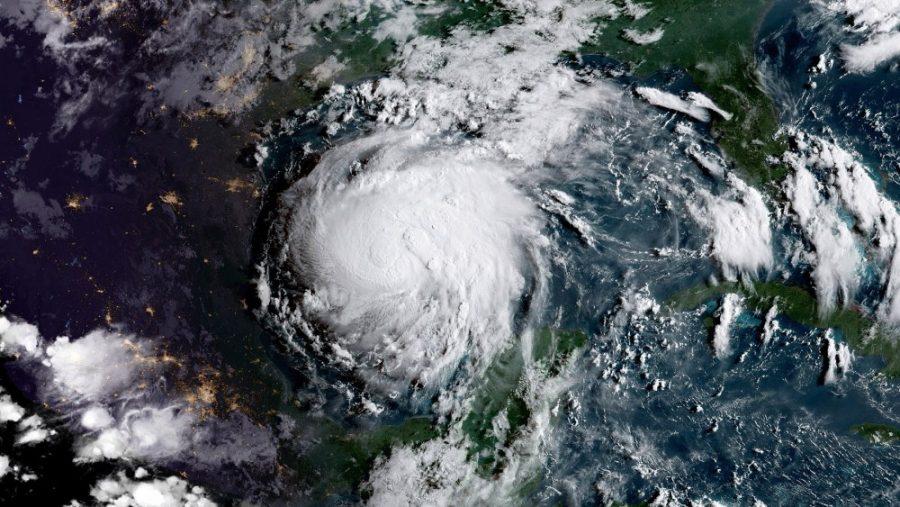This year is more than halfway over and has already seen monumental hurricanes wreak havoc across the coasts.
One after the other, Harvey, Irma and Maria caused devastation in the United States and Puerto Rico; Texas declared a state of emergency after Harvey hit, and much of Puerto Rico lost its electrical power. Thousands of people have been affected by the storms and by the loss of homes and lives of their loved ones.
Experts at the University of Arizona said these hurricanes were predicted accurately, with climate centers determining that 2017’s hurricane season would be particularly active.
While there are national centers primarily responsible for weather prediction, the UA is also involved in the process in various ways, many of which rely on sophisticated technology to build models that help predict what the climate for the year is going to be like.
Xubin Zeng, the Agnese N. Haury endowed chair in environment as well a professor of atmospheric sciences, leads one such group.
“I work on weather and climate prediction, hydrometeorology and satellite remote sensing,” Zeng said. “My group develops improved treatments of land and ocean surface processes for use in climate models. We also develop value-added global data sets to improve climate modeling.”
Value-added global data-sets use collected sets of data, but also take into account nuances that could change the outcomes in ways not necessarily predicted.
RELATED: School of Journalism grants award to Times editor
In addition to these types of models, researchers use computer models and observational data to help increase the accuracy of their predictions. Various instruments take down measurements from the surface of the planet, the sea and the air. These tactics are used to document the average climate of an area but are also used to predict extreme weather and weather patterns.
Researchers can also be more precise in their observations and narrow their study down to a seasonal prediction, which involves slightly different techniques and technology.
“For seasonal prediction of hurricane activities over the North Atlantic Basin, we have also developed a statistical model based on our physical insights and observational data over the Atlantic and Pacific Oceans,” Zeng said.
Other faculty at the UA focus on additional important aspects of climate prediction, such as region-based predictions, the rise in sea level and climate service.
According to Zeng, predictions for this year have been mostly accurate. The UA correctly predicted that this would be an active season, and 2017 has certainly been living up to this prediction, with more hurricanes than usual being watched for the duration of the season.
RELATED: Cassini spacecraft ending 20-year mission by crashing into Saturn
“Hurricane activities have large multi-decadal variability,” Zeng said. “This year has a very active hurricane season, just like some other years with active hurricane activities.”
However, Zeng said some aspects of 2017’s hurricanes have been abnormal, and may raise further concerns about the environment in general.
“What is unprecedented is the fact that two major hurricanes (Harvey and Irma) made landfall over the United States, and another major hurricane (Maria) destroyed the electricity grid over Puerto Rico,” Zeng said.
There are several potential reasons for this unexpected reaction, but Zeng said global warming is not the primary reason for it, as one might expect.
While the warming of the Atlantic Ocean could be a cause of the increase in severity of hurricanes, there are also other factors to consider. Because oceanic temperatures can vary widely over the years, it can be difficult to pinpoint a gradual warming of the Atlantic Ocean as the ultimate culprit of this year’s hurricane season.
Zeng said unexpected events typically don’t come from a flaw in the system used to predict hurricanes.
Hurricane season occurs from June 1 to November 30, so Zeng said there’s still a way to go before the end of the season, but researchers will be able to predict what may be in store for the coasts.
Follow Nicole Morin on Twitter









